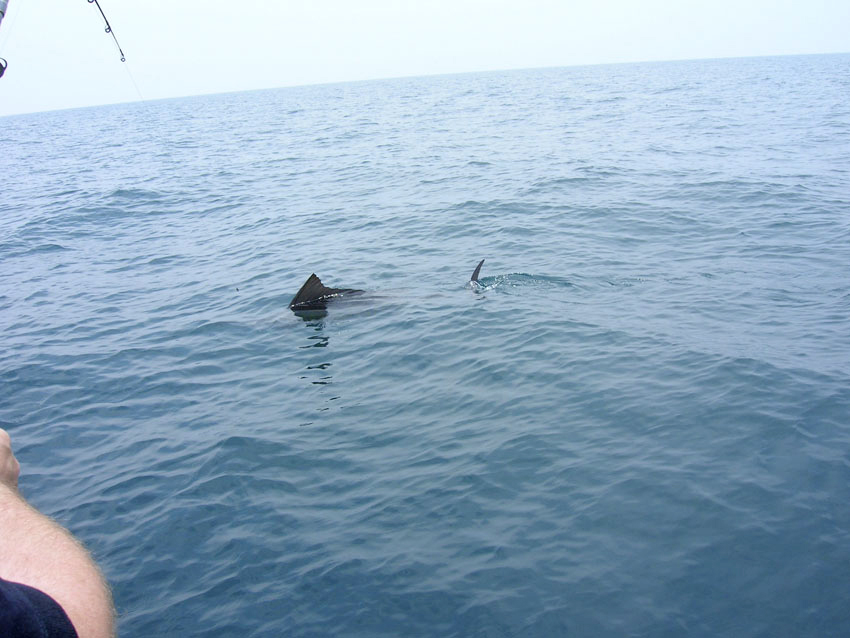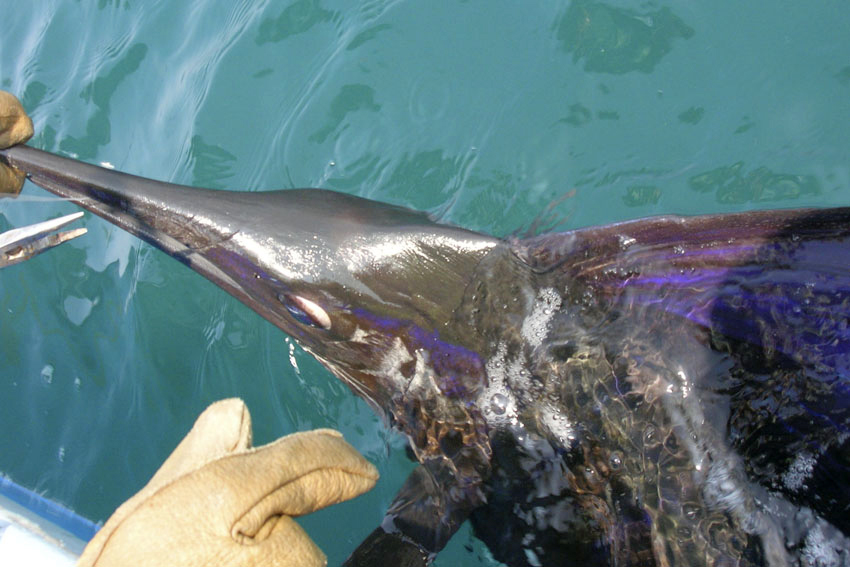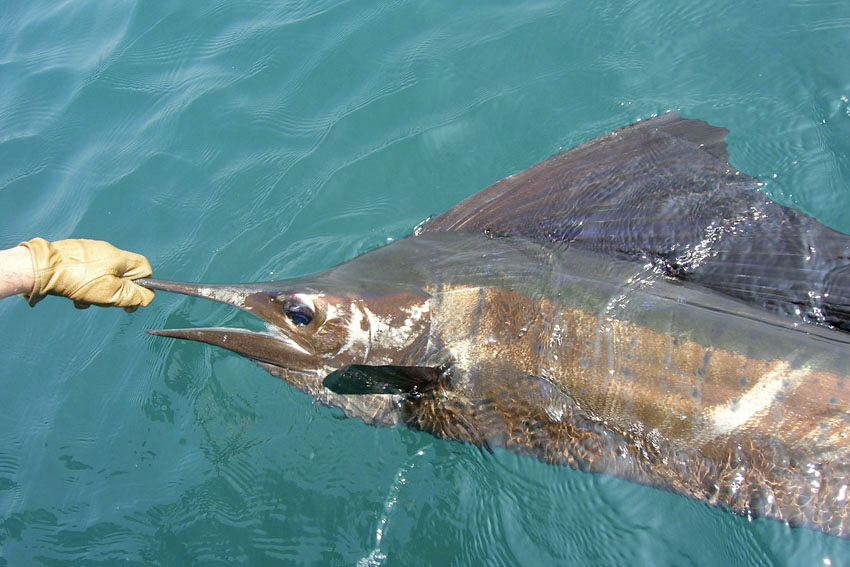REVIEW OF 2011
The highlight of 2011 was undoubtedly Wednesday the 14 of September, with Glen Di Carlo and the boys from Perth.
The day started out quite slowly, we checked out a few places but the Sails seemed to have moved overnight. This does happen quite often, and then we have to search for them.
About 2.30pm, after running around for a couple of hours searching, we approached Berhala Island and what we saw was amazing. Sails everywhere! With four guys fishing, two at the front casting poppers and pencil lures and two at the back also casting live bait, we managed to bring to boat 18 Sailfish in 57 minutes. I was the one that was most tired because I had to bill them all and release them. It was all over by 4pm as we had to head back. Berhala Island is our furthest point of travel being around a two-hour journey. By the time we left just before 4pm, we had landed 24 Sailfish. No mean feat for an-hour-and-a half fishing!



The year actually started off very well. It was a La Nina year and based on past records, it should produce a bumper catch. From mid-March to the end of May, catches were excellent with double figures a regular occurrence. However, La Nina just sort of died around April and this affected our fishing from June till mid-August. Catches were slow indeed and we actually had a few zero days. A zero day is maybe something that happens once in two years or so, and so this came as a shock to us and our regular customers.
By August, things were picking up and catches returned to normal. By the end of August and all through September and October, catches were phenomenal. A note about the El Nino/ La Nina Southern Oscillation (ENSO): The El Nino/ La Nina Southern Oscillation is a periodic event. There is no set timing or pattern and it usually occurs every three to seven years.
El Nino signifies warmer waters in the eastern and central Pacific region while La Nina signifies colder waters. Both of these events significantly impact global weather patterns. La Nina is associated with droughts in certain parts of the Americas and Africa and higher rainfall in places like Australia, South East Asia and the Western Pacific.
Towards the end of 2011, there was an increase in the La Nina phenomenon and it is predicted to continue until around mid-2012, although it is mild, before the Pacific becomes neutral again, that is neither El Nino nor La Nina. Back-to-back La Ninas are not uncommon, occurring about 40% to 50% of the time.
How will the fishing be, you may ask? I am confident that it will be a good year throughout although catches will vary depending on the strength of La Nina and when it dies out.